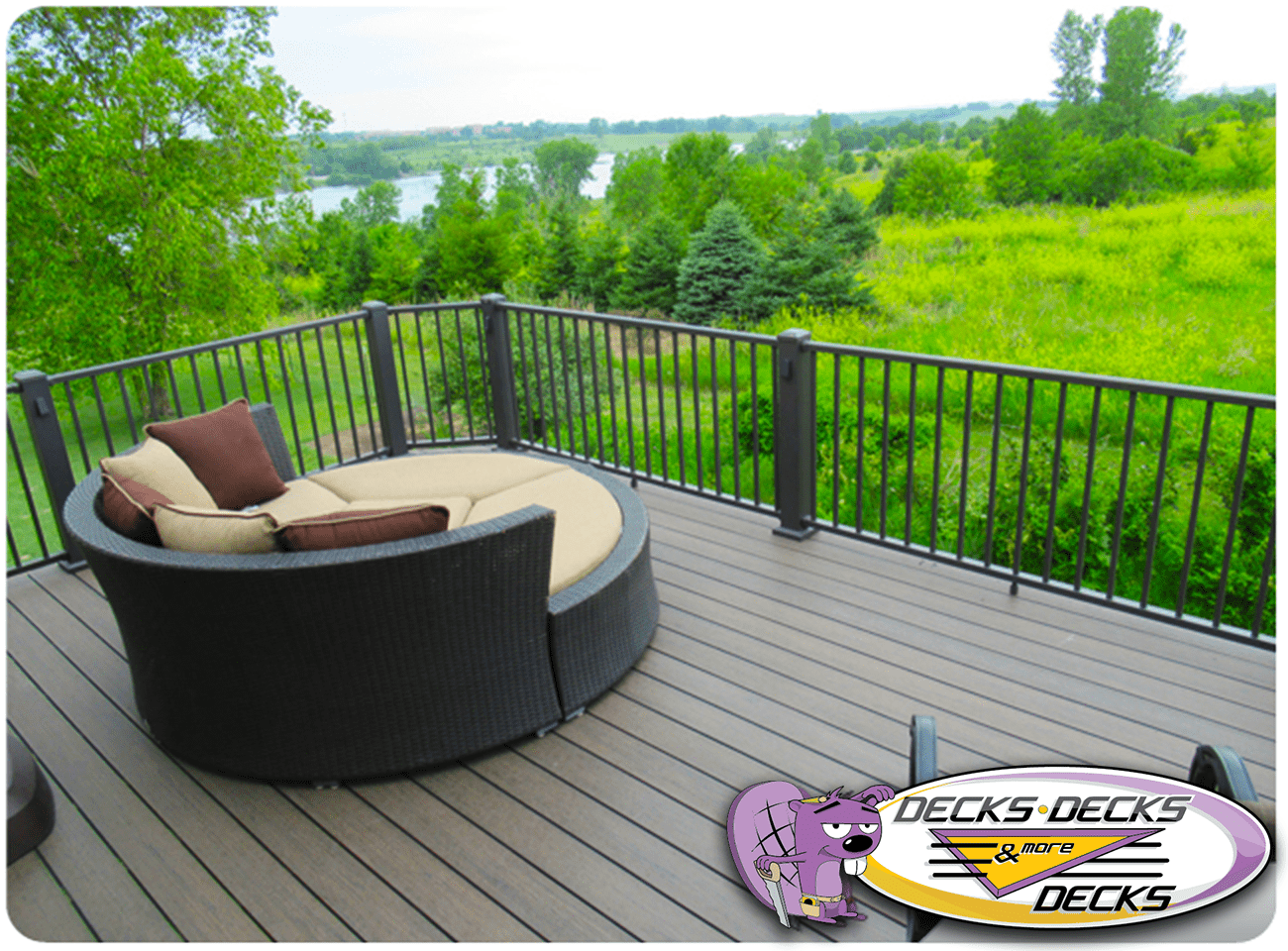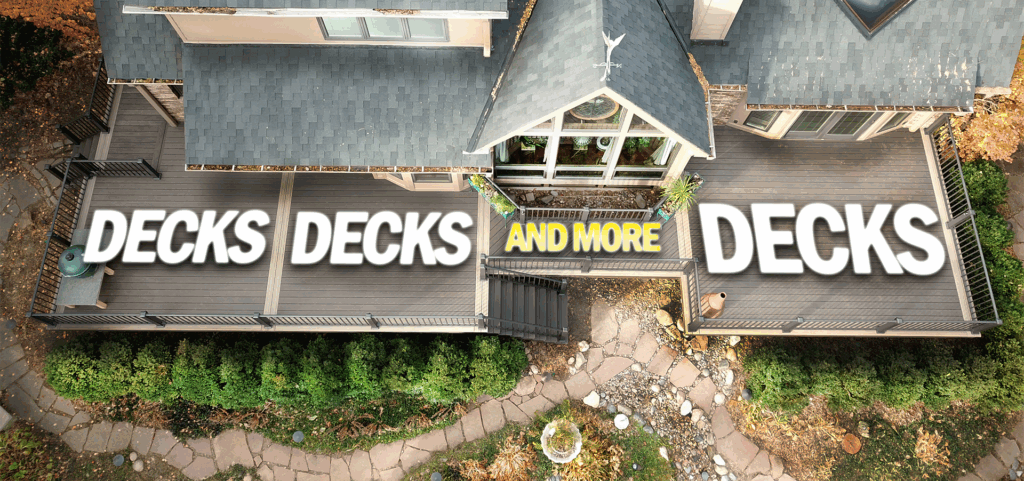The Science of Deck Materials: How Heat, UV, and Moisture Break Things Down
Decks are meant to live outside—but nature doesn’t always play nice. From blazing sun to freezing rain, the elements are constantly working to break your deck down.
What most people don’t realize is that different materials react very differently to environmental stress. Understanding a bit of the science behind it can help you choose decking that actually lasts—and avoids the warping, fading, and rot that can wreck your investment.
UV Rays: The Color Killers
Let’s start with the sun. Ultraviolet (UV) radiation from sunlight breaks down lignin, a key structural compound in wood. Over time, this leads to:
- Fading: Wood loses its rich tone and turns gray or dull
- Surface breakdown: Fibers become dry and brittle
- Splintering: Especially in softer woods like cedar or pine
Composite materials often include UV inhibitors that resist fading and surface breakdown. And capped composites (with a protective outer shell) are even more effective—they’re like sunscreen for your deck boards.

Heat: The Warper and Weakener
Heat alone won’t always destroy your deck—but combined with UV and moisture, it accelerates the breakdown process.
Wood decks:
- Expand and contract as temperatures fluctuate
- Warping and cupping can happen if boards are not properly spaced
- Paint or stain may blister or peel in high heat
Composite decking:
- Can get hot to the touch in dark colors, but resists structural changes
- Premium lines (like Deckorators Voyage or Trex Transcend) use heat-reflective technology to reduce surface temperature
Metal railings or accents:
- Can absorb and retain a lot of heat
- Powder-coated finishes help reduce thermal stress
Moisture: The Real Silent Killer
Water is your deck’s worst enemy—especially if you’re using wood.
What water does to wood:
- Encourages fungal growth (hello, rot and mildew)
- Causes swelling, followed by shrinking when it dries—leading to cracks
- Soaks into screw holes, joints, and end cuts if not sealed
- Can corrode metal fasteners over time
Composite materials:
- Are moisture-resistant by design
- Capped composites repel water completely
- No rotting, warping, or splintering—just the occasional rinse
Pro tip: If you’re using pressure-treated wood, seal it annually. If you’re going composite, you can skip that step—and thank yourself later.
Freeze-Thaw Cycles: Nature’s Expansion Pack
If you live in a place where winter brings freezing temps, your deck deals with expansion and contraction on repeat. Moisture gets into cracks or gaps, freezes, expands, and—boom—your boards or railings start to degrade.
Wood decks:
- Are especially vulnerable without regular sealing
- Nails and screws can loosen as wood swells and shrinks
Composite decks:
- Maintain a more consistent shape
What Science Says to Use
If you want a deck that survives nature’s abuse for the next 20+ years with minimal upkeep, go with:
- Capped composite decking
- Stainless steel or coated fasteners
- Powder-coated aluminum or composite railings
Add a solid drainage system (especially for second-story decks), and you’re looking at long-term resilience, not seasonal repair work.
Final Thoughts: Nature Doesn’t Play Fair—But You Can Play Smart
Heat, sunlight, and moisture are relentless. They’ll eat away at any material not built to handle them. But with the right science-backed choices—especially in materials—you can build a deck that not only survives the elements, but thrives in them.
Choose wisely now, and you won’t be replacing boards or restaining every year. You’ll just be enjoying your outdoor space, season after season, decade after decade.
 free estimates: (402) 690-1050
free estimates: (402) 690-1050
